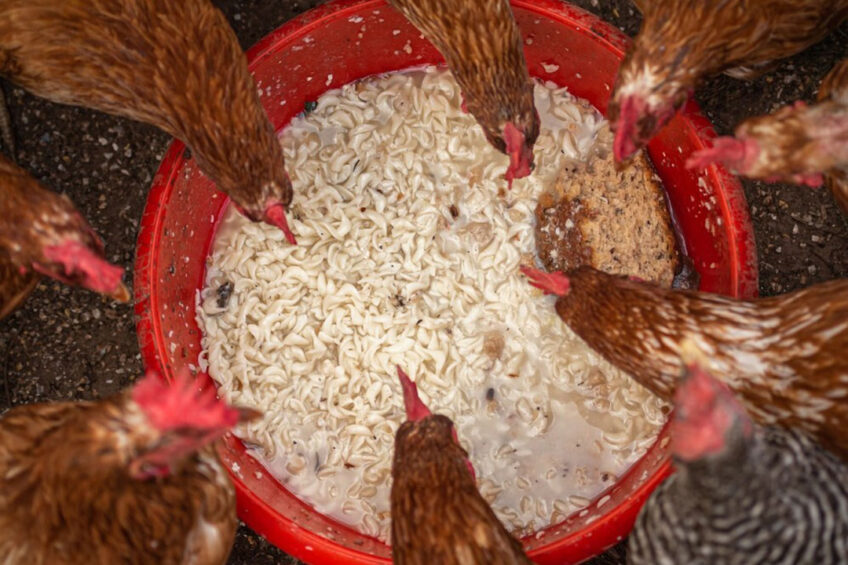Poultry labels encourage green-conscious consumer trust

Green conscious consumers are more likely to buy chicken raised on alternative proteins if they’re given enough information about the health and environmental benefits.
Researchers at the University of Alberta, Canada, say that education is vital as alternative poultry feed can make noticeable differences in the look of the meat – in this case, more intense red and yellow hues.
While the use of unusual proteins is still experimental, when they do become commercially viable, food producers and policymakers need to be ready, according to study co-author Sven Anders, an agricultural economist and professor in the Faculty of Agricultural, Life & Environmental Sciences.
“Producers need to get the labelling sorted out as these feeds are developed. If you want consumers to believe in these alternative products, you have to educate them about it, then they can decide – and, hopefully, we can overcome their rejection,” he said.
Anders added that there were currently no regulations governing mandatory labelling of feed ingredients in the EU or other markets, including in the US and Canada, but interest was growing in finding alternative sources of protein for animal feed.
Digesting the idea of insects and algae
Soybeans feed the majority of the world’s livestock but use up huge quantities of land and water resources, but people won’t start digesting the idea of insects and algae in their food chain if they don’t get reliable information.
In the study, 1,197 German consumers were shown photos of raw chicken breasts. Some of the birds had been fed a standard soybean meal diet. Others had been fed with either insect meal containing blackfly larvae or spirulina, a known dietary supplement made of blue-green algae. The 2 alternative protein sources produced more intense red and yellow hues in the meat.
Half of the participants were also given information about the nutritional and environmental benefits associated with each feed, while the other half received nothing. Both groups were asked to choose repeatedly among random pairs of chicken products that differed in price, feed diets and labels with information about sustainability and health attributes.
A double-edged sword
The results showed that participants’ preferences were mixed. Those who were already interested in sustainability issues and who received information about the insect and algae-fed meat were more inclined to buy it, said Anders. Environmentally aware consumers were also drawn to package labelling that promoted elevated levels of omega-3 acids in the alternatively fed chicken samples. When told about the insect meal or spirulina in the chicken, consumers who didn’t identify as environmentally conscious said they wouldn’t buy it.
“The findings show that providing information is a double-edged sword. It can cause mainstream western consumers to react with disgust around insect or algae-derived foods,” Anders concluded, adding that package labelling paired with widespread education campaigns would help raise consumer awareness.
The research, ‘Information effects on consumer preferences for alternative animal feedstuffs’, is published in the journal Food Policy.












